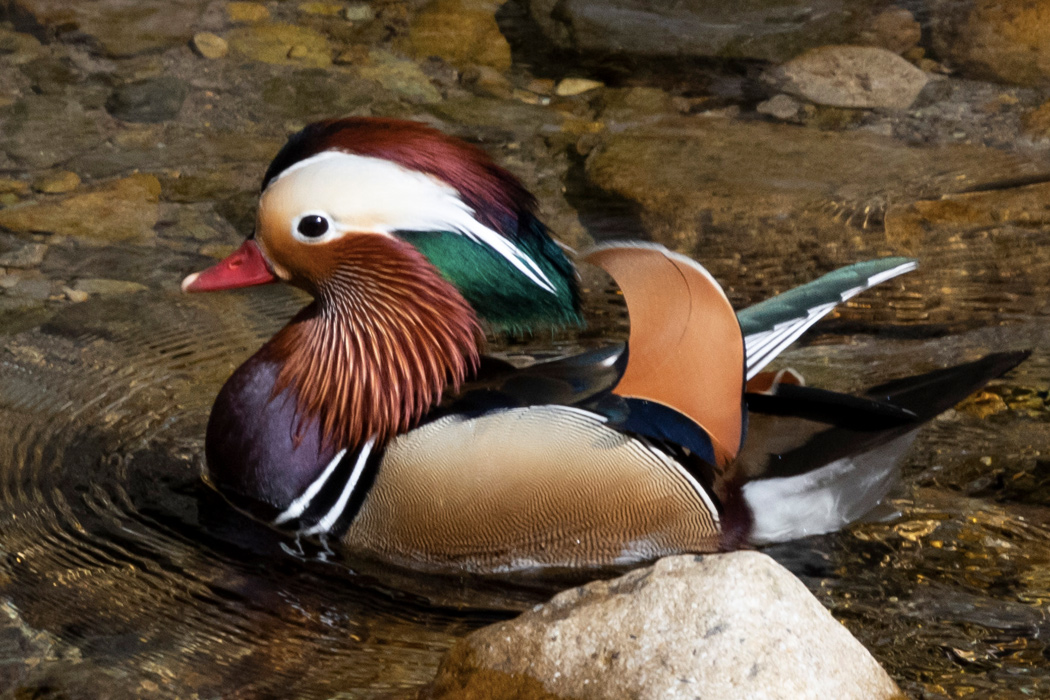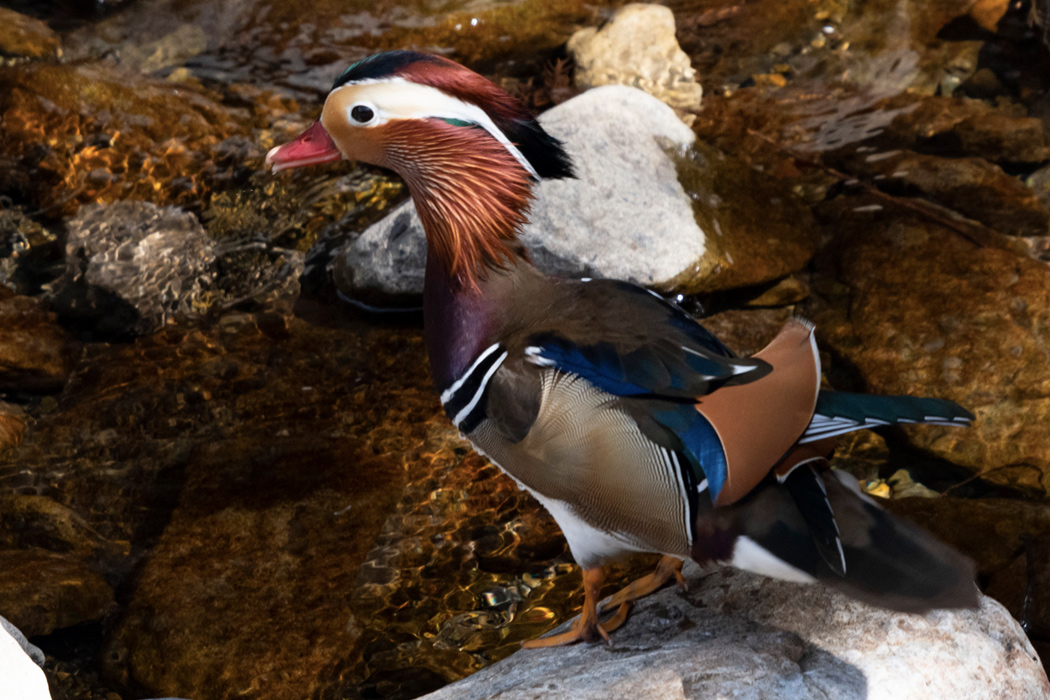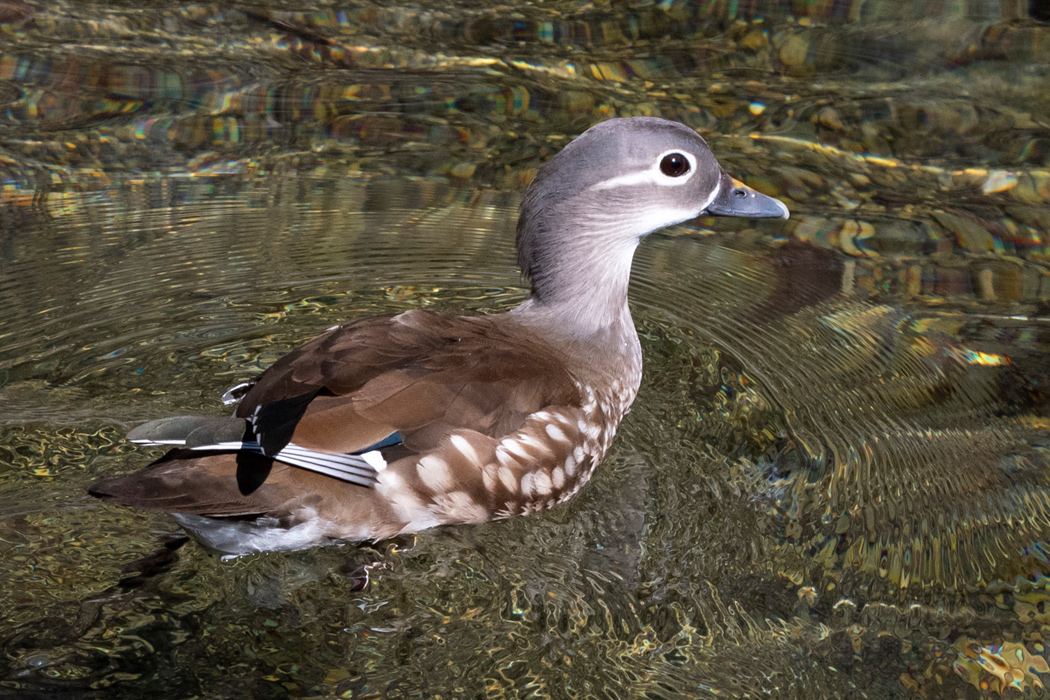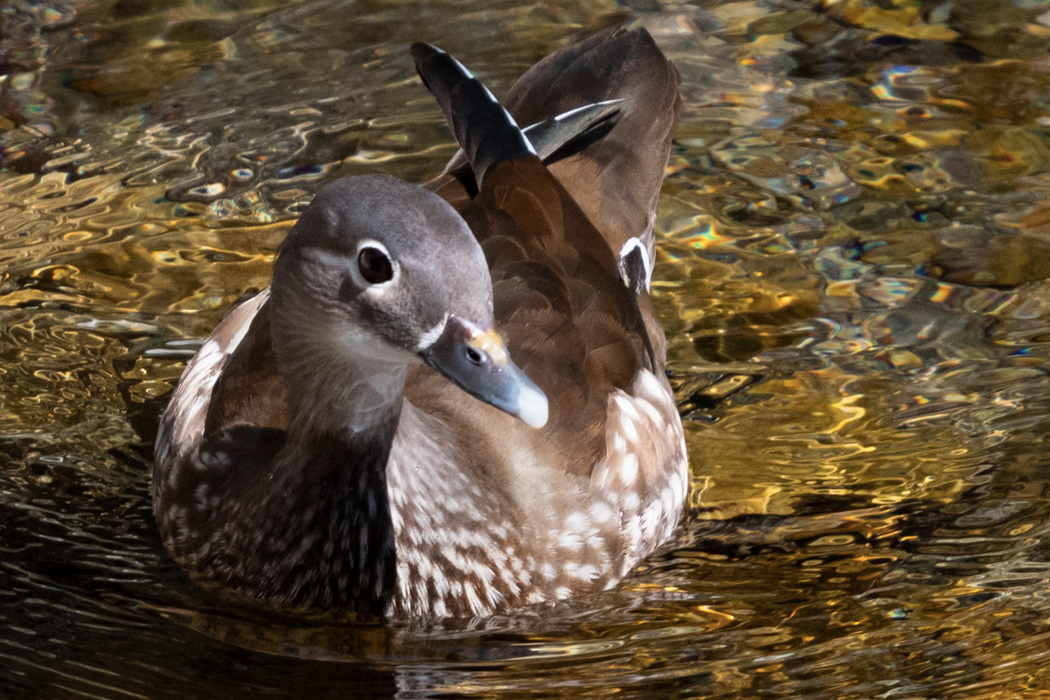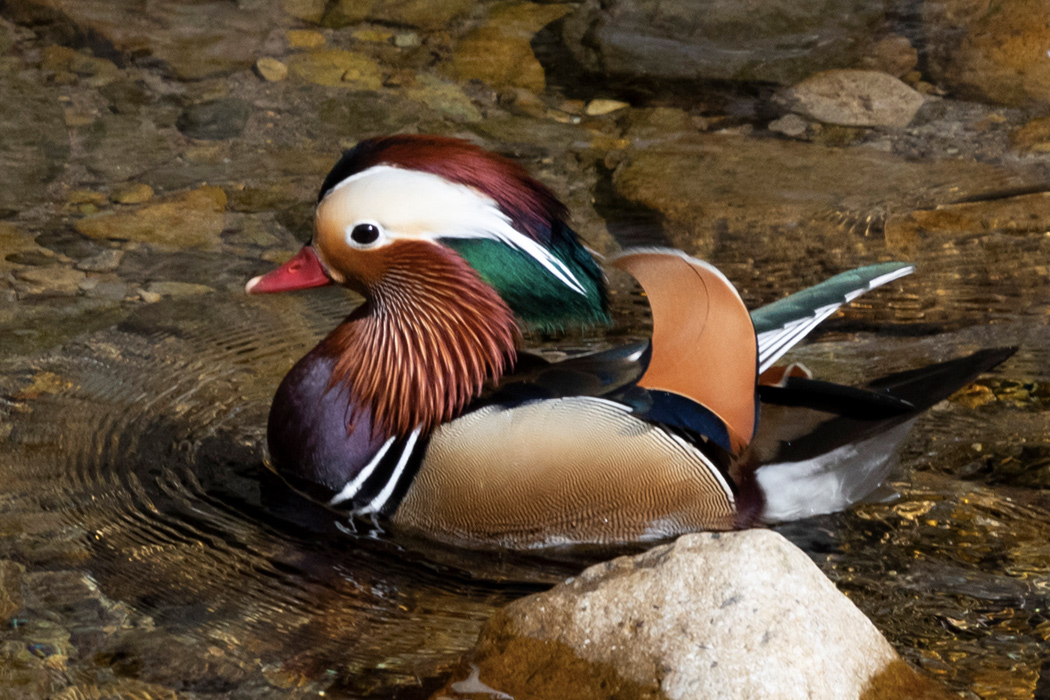
Mandarin duck
Male breeding plumage is colorful.
| Scientific name | Aix galericulata |
| English name | Mandarin duck |
| Japanese name | 鴛鴦 |
| Classification | Aves |
| Classification details | Passeriformes Emberizidae |
| Full length | 48cm |
| Distribution | Distributed in East Asia. Breeds north of central Honshu. |
Characteristics
A bird characterized by the colorful plumage of males. During the breeding season, males have a complex appearance with different colors for each part. White around the eyes and red beak. Green to brown feathers flutter backwards from the top of the head. Jagged brown feathers extend from the cheeks to the throat. The chest is purple and the belly is white. Wings are tinged with blue. When it becomes an eclipse, it changes and changes to a sober appearance of the whole body gray. Even then, only the beak was red.
Females are gray all over. The area around the eyes is white, with a white line extending behind the eyes. The beak is black.
Calls
The male makes a short "puy" call. When alarmed, it makes a sharp "kick" sound.
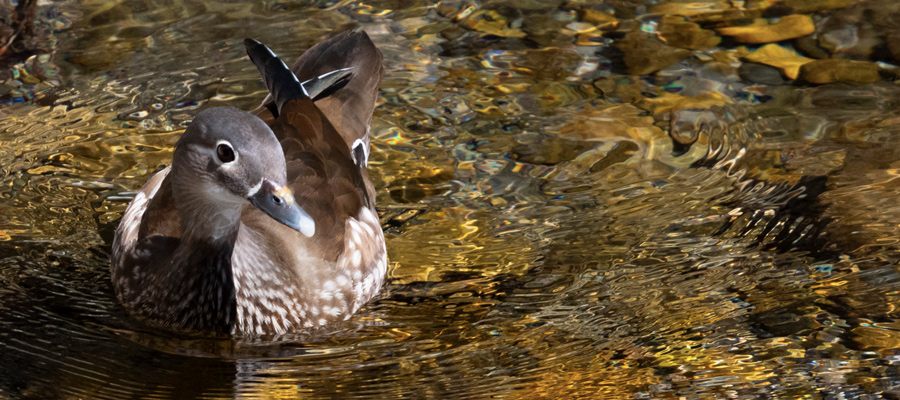
Ecology
Lives in lakes and streams. It prefers darkness, such as being shaded by trees, to open water. It eats fruits of trees such as oaks, riparian plants, and insects. Breeds by building nests in tree cavities. Chicks jump from nests in trees.
We know that mandarin duck pairs change their mates every year, and it seems that they don't last a lifetime, as we imagine when we hear the word "mandarin duck couple."
Habitat
I took a picture of him swimming in a mountain stream in Akiruno City. I was surprised to see a male Mandarin Duck suddenly in the quiet, thin river. I couldn't find a female, but after observing for a while, she approached the male. She was leisurely feeding in the upper reaches of the river where there were few other ducks.
Videos
The mandarin duck.
It swims with a short cry.
Pictures
Introducing a picture of Mandarin duck.

Picture book

Spotfin burrfish
Porcupinefish with short spines.......ead more.

Indian Awlking
Hind wings orange color is one point.......ead more.

Sheep
It has a wide peripheral vision and runs away when it senses danger.......ead more.
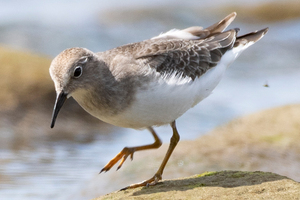
Temminick's Stint
A timber finch with yellow-green legs.......ead more.
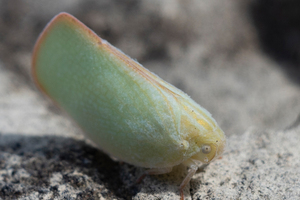
Geisha distinctissima
Small leaf-like shape......ead more.
